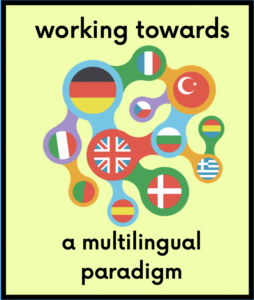
A dictionary is a very useful tool for writing. With a good dictionary you can do the following:
1) Look up the meaning of an English word. But a word often has more than one meaning so do not just look at the first definition in the dictionary entry.
For example, the Cambridge Dictionary online provides two meanings or definitions for the verb, “explore.” Which meaning you need depends on the context in which the word appears.
2) Find examples of the use of a word in a phrase or sentence. This is a crucial step that helps you explore different ways of using the word naturally and meaningfully.
For the first definition of “explore,” there are three examples and for the second, there is one.
Want more examples? You can scroll down and find them in different sentences.
3) If you are bilingual, try also the bilingual options in the Cambridge Dictionary. Just click the option button.
And choose a bilingual dictionary of your choice.
Let’s try the two-way English ⇄ Spanish dictionary and look up the same verb, ‘explore.” Wow, this yields two dictionary results. The first one only provides Spanish translation of the definitions.
The second one provides Spanish translation of both definitions and examples of the use of the word.
Since this is a two-way bilingual dictionary, you can switch it to the Spanish→English version, and look up the Spanish word, “explorar” or “aprender.” Let’s try “explorar.”
The dictionary provides the definition of the word in Spanish and bilingual examples of its use. And at the end, you can also find Spanish synonyms of “explorar.” How wonderful!
4) Is it fun so far? Let the fun continue and explore more ways to use the dictionary to help improve our writing. For example, we can find a family of related words. Just go back to English→Spanish version and type in the same verb, “explore.”
Then scroll to the bottom and look at the “Browse” section for related words of “explore.” There are three words that are closely related to “explore.” Now is the time to proceed to the “Dictionary Exercises” worksheet to further explore these related words.
*Partly based on How to Use a Dictionary Effectively, Frankfurt International School




Leave a Reply